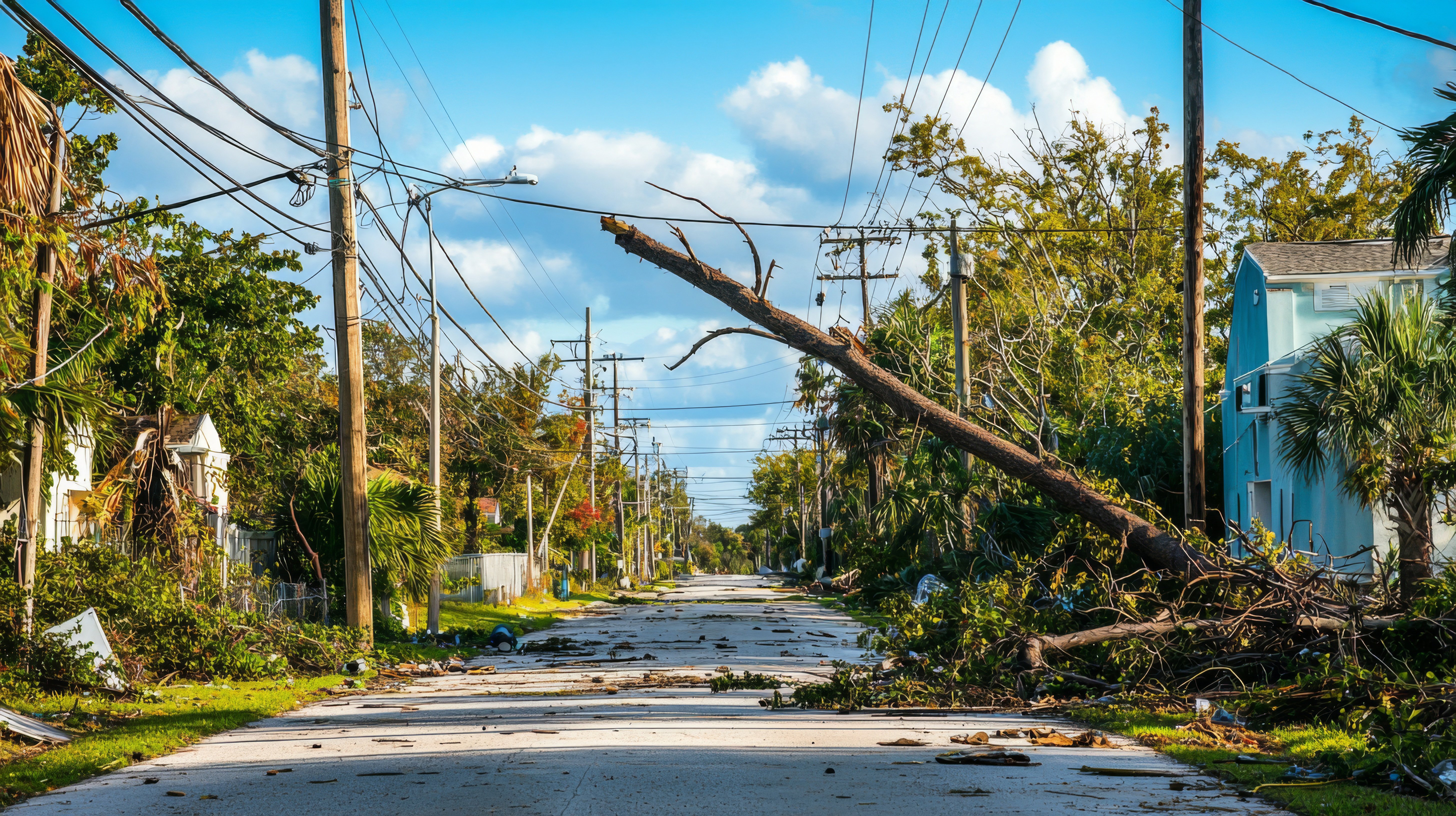There’s no doubt about it: 2020 was a challenging and dare we say, unprecedented year not only because of the COVID-19 global pandemic but also due to record-breaking natural disasters.
From raging wildfires to powerful storm fronts, utilities across the U.S. were met with the challenge of keeping the lights on while ensuring their employees and customers were safe in the midst of the pandemic.
In Wednesday’s opening session, “Preparing for the Unknown: Planning for and Recovering from Natural Disasters,” Eric Seiter, vice president, customer delivery, Landis+Gyr, explored with utility leaders how they prepare for these events and the role of smart grid technology in planning and recovery efforts.
John Mannetti, director of safety and operations solutions at Puget Sound Energy, kicked off the session by recounting how his utility leveraged machine learning to predict outage-causing windstorms. Using historical weather data and utility records, Mannetti’s team has created a model that pinpoints when and where service will fail.
By applying this model, the utility was within 5 percent accuracy of outage notifications five days before a major storm hit. As Mannetti noted, seeing a major event five days in advance means “you can stage materials and people ahead of time.”
Brian Hannegan, CEO of Holy Cross Energy, a Western Colorado co-op, is also using more technology in meeting his utility’s big threat: wildfires. “Previously, we didn’t have tools to define what areas were higher risk. We didn’t have situational awareness.”
Holy Cross has now taken several proactive fire-fighting steps, such as adding infrared inspections to find hot spots on connectors, installing smart devices, automating sectionalizers, putting drones to work and incorporating the state fire risk map into the utility GIS.
Rounding out the session, Eddie Oldham of Central EMC, a North Carolina co-op, covered analytics for outage prevention. His utility’s big headaches come from hurricanes and tornadoes, so Oldham uses analytics and momentary outages to prioritize tree trimming activity. “Right of way is our largest operating budget line,” he says. “If you cut down on your right of way budget, you’ll lose ground on your system.”
AI and Meters that Empower It
As natural disasters grow in size and frequency, so do utility tools. One is Landis+Gyr’s ReveloTM meter, which was covered in our breakout session, “Solutions for the Future with Revelo.”
Built on the proven technology of the FOCUS AXe, S4x, and Maxys Elite metering platforms, Revelo is part billing meter, part IoT grid sensor, and part grid-edge computer. Partnering with the Gridstream Connect Apps ecosystem, Revelo’s currently available apps include grid location awareness, anomaly detection, and intelligent voltage monitoring. For the energy consumer, it has apps such as home analytics and high energy usage alerts.
Waveform data capture truly sets Revelo apart. Uploading one-minute interval data from an earlier smart metering platform might deliver 50 kilobytes of data each day. With Revelo, a utility can access 18 gigabytes of daily data. The meter also has computation power to manage grid-edge functions and the networking needed to reach the cloud and empower transformational analytics.
John Radgowski, Landis+Gyr vice president of global technology strategy and innovation, explained how this data and greater information at the edge can be leveraged by utilities in the breakout session, “Raising Your Smart Community IQ with AI and Machine Learning (ML).”
First, Radgowski explained that artificial intelligence (AI) is when machines execute the kind of intelligence and discernment humans exhibit, while machine learning is a subset of AI focused on systems that can adapt and learn based on increasing data. Then, Radgowski covered things utilities will be able to do with these technologies.
“By applying AI and ML to voltage and loading data from meters, we can start to better understand how factors, such as weather, impacts voltage and capacity profiles and anomalies in the field,” he said. “This insight can then be used to predict future grid conditions based on weather forecasts.” Or, Radgowski added, “all that data may help utilities accommodate the coming influx of electric vehicles (EVs).”
A Cleaner Machine
What do EVs have to do with clean energy goals? EVs support emission reductions. A 2018 study by the Union of Concerned Scientists found that depending on local generation resources, an EV produces four to seven times fewer emissions than the average new gasoline car in the U.S.
Not surprisingly, Austin Energy, a utility with aggressive goals to have carbon-free generation resources by 2035, supports EV adoption today. The utility has an attractive off-peak EV charging program and operates some 30 DC fast chargers plus 1,100 level 2 charging stations around the city, explained William Kelly, manager for advanced grid technology, who participated in our last panel discussion of the day titled, “The Future Grid: How Electrification is Supporting Clean Energy Goals.”
Boosting EV adoption with charging infrastructure is an initiative that spans further than big, vertically integrated utilities like Austin Energy. Curtis Wynn is president and CEO of Roanoke Electric Co-op in North Carolina and a former president of National Rural Electric Cooperative Association, so he’s seen growth in EV support at his own organization and others.
According to Wynn, co-ops are all-in on making solar part of their portfolios and, since nearly 60% of U.S. landmass is served by cooperatives, these organizations are also doing what they can to support charging infrastructure to help “alleviate range anxiety that people might have as they drive through the beautiful landscape of rural America.” At Wynn’s utility, EV support includes $1,000 rebates for those who take advantage of in-home charging programs as well as a flat monthly charging rate that gives consumers 450 kilowatt hours for $50.
Arizona Public Service (APS) is juggling support for electrification through EV adoption and other programs as well as some very ambitious clean energy goals. Among them, the utility expects to eliminate coal-based generation by 2031.
Dr. Daniel Houghton, director of customer to grid solutions for APS Energy, said managing EV growth is one way the utility hopes to increase asset utilization on the system, thereby boosting efficiency. In addition, his utility is looking to incentivize more day-time electricity use because the utility is targeting 45% renewable generation by 2030.
Serving an area where summertime highs can reach 115 degrees, the APS system peak is 7,600 megawatts, and solar generation means daytime loads are getting lower while evening peaks are getting higher, Houghton said. One program now under review rewards consumers for running the air conditioner early in the day and leveraging the thermal storage of their homes to keep cold air in. “Last year, we saw somewhere in the range of 30 to 40 megawatts of load reduction capacity just from that thermostat program,” he said.
Austin Energy’s Kelly summed up what the road to electrification will bring: “If we’re going to go green, energy storage, non-wires alternatives, demand response, conservation, voltage reduction: all these things have to be part of your portfolio.”
While day 2 of Exchange has come to an end, we’re excited to close out the final day of the conference with more informative content and a live closing Q&A session. Missed out on day 1? Check out our full recap blog here.



.png)



.png)




Leave a comment